The DO Loop
Statistical programming in SAS with an emphasis on SAS/IML programs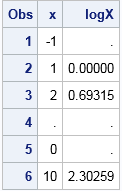
I have previously discussed how to define functions that safely evaluate their arguments and return a missing value if the argument is not in the domain of the function. The canonical example is the LOG function, which is defined only for positive arguments. For example, to evaluate the LOG function

If you toss a coin 28 times, you would not be surprised to see three heads in a row, such as ...THHHTH.... But what about eight heads in a row? Would a sequence such as THHHHHHHHTH... be a rare event? This question popped into my head last weekend as I
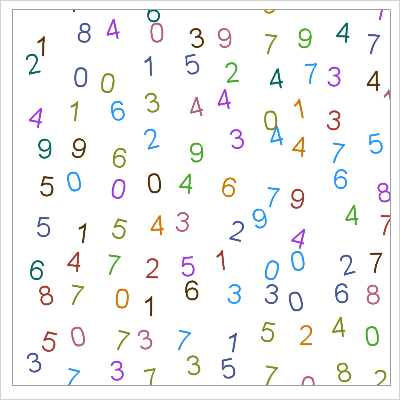
Last week I was asked a simple question: "How do I choose a seed for the random number functions in SAS?" The answer might surprise you: use any seed you like. Each seed of a well-designed random number generator is likely to give rise to a stream of random numbers,
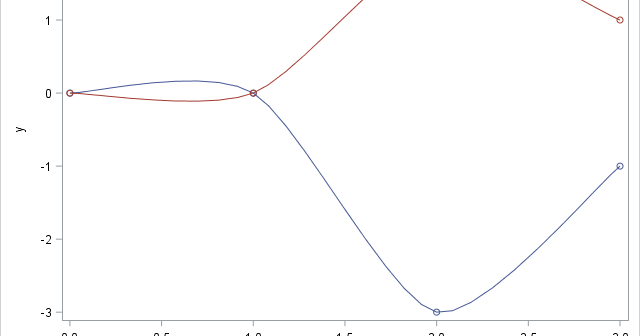
By default, when you use the SERIES statement in PROC SGPLOT to create a line plot, the observations are connected (in order) by straight line segments. However, SAS 9.4m1 introduced the SMOOTHCONNECT option which, as the name implies, uses a smooth curve to connect the observations. In Sanjay Matange's blog,
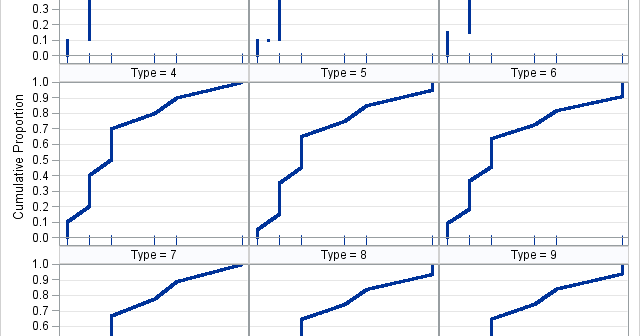
According to Hyndman and Fan ("Sample Quantiles in Statistical Packages," TAS, 1996), there are nine definitions of sample quantiles that commonly appear in statistical software packages. Hyndman and Fan identify three definitions that are based on rounding and six methods that are based on linear interpolation. This blog post shows
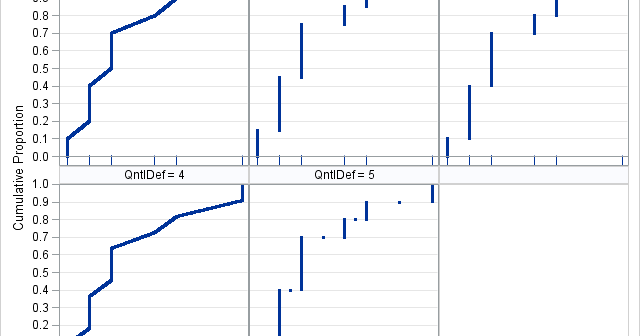
In last week's article about the Flint water crisis, I computed the 90th percentile of a small data set. Although I didn't mention it, the value that I reported is different from the the 90th percentile that is reported in Significance magazine. That is not unusual. The data only had
